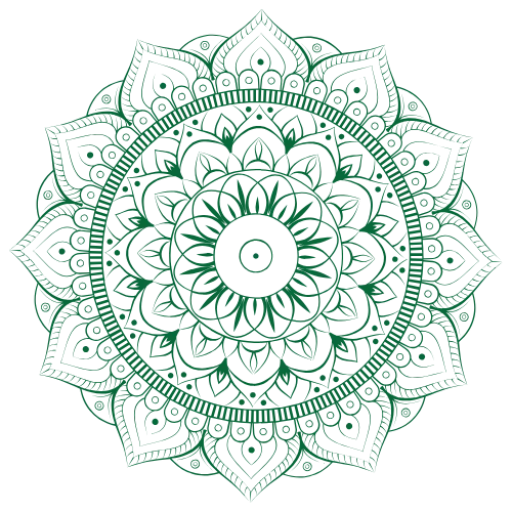Yesterday I introduced lifestyle diseases and their prevalence in (Western) high-income countries. Common lifestyle diseases are for example burn-out, obesity, depression, anxiety disorder, diabetes mellitus type 2, allergies, arthritis. And this is only a few. The most common underlaying cause for development of these diseases is stress: (perceived) stress triggered by our way of life. Our lifes are nowadays characterized by running from one appointment to the other, from one (social) commitment to the other. On top of that, many of those occasions are infused by fear of failing, fear of not being acknowledge, fear of not being accepted. Later, I will talk about this way of life and how yoga and meditation can help us getting out of this cycle, for now lets look at stress and how it causes disease.
First of all, and very importantly to understand is that stress has a function. Evolutionary we use the feeling of stress and its physiological changes in the body and mind to survive. We all know the classical example of a wild animal waiting to attack us. The fact that we can detect the animal, mark it as a threat to our lives and consequently to either run away or fight it, is very very useful. One of the early writers on stress, Seyle, named this phase the ‘alarm reaction’ and is perfectly fine. If after such a phase we return back to our normal state of rest, being matched by a healthy homeostasis, there is no problem as such to our health.
On a physiological level we see the following fight-or-flight reaction, which was first described by Cannon. The stressor activates the so-called sympathoadrenal medullary system (SAM) with the release of adrenaline and noradrenaline (catecholamines). Together they cause the typical stress reaction in the body: hightened blood pressure, elevated heart rate, respiration rate, etc. This is all needed to get our bodies physically ready to run away. Now, we usually describe this stress response as chest pain, racing heart, palpitations, trembling, intestinal cramping, shortness of breath, feelings of lightheadedness, etc.
Although uncomfortable, if the stress is short lived and we manage to cope with the stressor one way or the other all will be fine. Our mind and body return to their natural state and in terms of health their is not really a trigger for developing an illness. It is a different story if we do not manage to cope with the stressor, or if the perceived stressor continues to be there. Say that you are in a working situation and you have problems with a direct colleague. Something about him/her triggers your feeling of having to prove yourself, you are constantly seeking for your colleagues affirmation about what you do is good. This situation will create a current of stress in your daily life and if you do not find a way out of this, will in time be reflected in your state of health. This is what Seyle calls the ‘stage of resistance’. Next blog more!

Address: Parimukti Yoga Center, Kanira Homes,
Girkarwaddo, End of Magic Park Road,
Arambol, 403524,
Goa, India
Phone: +919637521278
Email: info@parimukti.com
Website: https://parimukti.com/
Yin Yoga Training Goa | 200 Hour Yoga Teacher Training Goa | Meditation Teacher Training Goa
